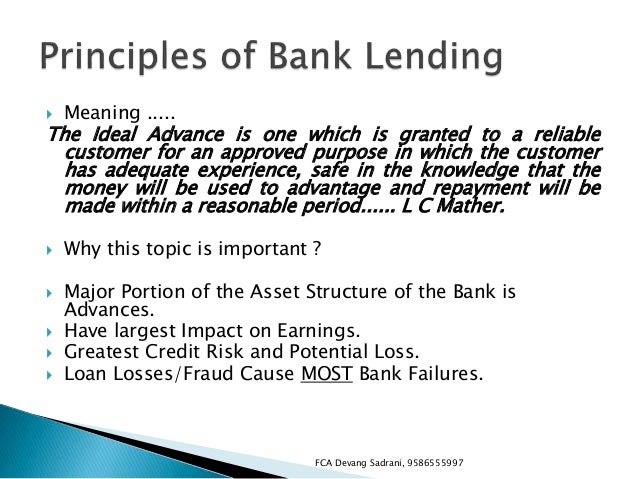

Lenders may charge you different interest rates based on your credit score.Īnnual Percentage Rate (APR) – When you are borrowing as a consumer, you may see the term APR, which refers to your interest rate for the entire year. When you borrow money, you often pay interest. Interest – Interest is the cost of using somebody else’s money. However, the lender usually specifies in the contract that they will charge an amount in exchange for borrowing money - this is called the interest. The principal is the original amount you borrowed and have to payback. When you apply for a credit account with a lending institution, you’ll usually be asked to sign a contract where you promise to pay back the borrowed amount. What is the difference between principal and interest? Below, we explain the difference between the two and apply these concepts to help you manage your personal finances. Two common terms often used in the world of banking and personal finance are principal and interest. Set your terms and loan type to work out which option may suit you best.When it comes to applying for credit, one of the challenges that people often face is understanding the long list of complicated terms and jargon.

You can use our home loan repayments calculator to estimate what the difference would be between a home loan with interest-only payments versus a loan with repayments of principal and interest. How much difference does the loan type make to your repayments? One key consideration around interest-only home loans is that you do not build any property equity during the interest only period as the principal is not reducing. It also means that your repayments will be higher when the interest-only period ends and may be more expensive over the life of the loan. However, the principal amount will remain the same – that is, your outstanding balance won’t be reduced – unless you choose to make extra repayments. This means your payments over this time will be less than if you were also repaying the principal. Interest-only home loansĪs the name suggests, you only have to pay the interest on this type of loan during the interest-only period. The lender will usually work out the minimum principal and interest repayments needed to repay the loan within the selected term. Your home loan will come with a specified term in which it is to be repaid – typically no longer than 30 years. One of the benefits of selecting a principal and interest home loan from the beginning of the loan term is that your repayments will be lower over the life of the loan, since each time you pay the minimum repayment you’re chipping away at the principal loan amount while also covering the interest.

Principal and interest home loansĪ home loan with repayments of both principal and interest is one in which you pay interest and also repay part of the amount borrowed (principal) at the same time. The interest rate on your home loan, the loan term and the amount of your repayments will determine how much you end up paying back over the life of the loan. The interest is the cost charged by the bank or lender to you to borrow this money. The principal of your home loan is the amount of money you borrow from your bank or lender.


 0 kommentar(er)
0 kommentar(er)
